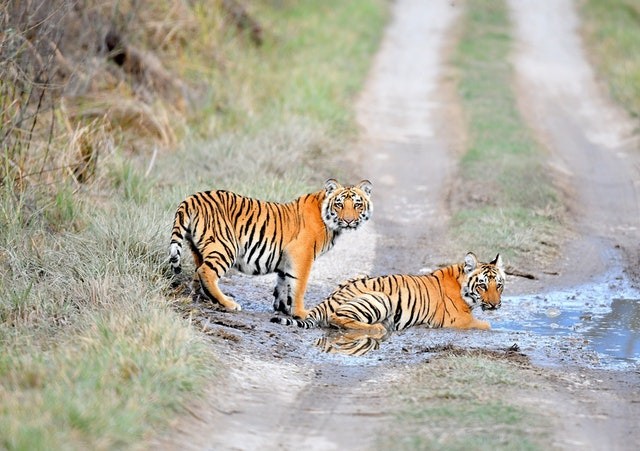The death of a 59-year-old villager led to the killing of a Malaysian tiger. The tiger was shot and speared in the face. The victim, Anek Along, was allegedly mauled on Friday near the town of Gua Musang, according to local media sources.
Villagers threw spears at the creature in an attempt to fend it off. The tiger was shot by rangers who arrived a few hours later, according to wildlife officials.

Malaysian Tiger Faces Risk of Extinction
The Malaysian government estimates that there are less than 150 Malaysian tigers surviving. People are calling on the government to do something about the rapidly dwindling tiger population in response to the event, according to NewsWeek.
According to an official announcement from Malaysian Prime Minister Ismail Sabri Yaakob, the topic would be discussed at a meeting in Malaysia on January 10.
There is "serious consideration" being given by the Energy and Natural Resources Ministry, according to the Prime Minister.
Iyaac reported that as of now, the Malayan Tiger, a symbol of Malaysia's National Coat of Arms, as well as various ministries, departments and agencies, is at risk of extinction. More worryingly, the country's iconic species will be extinct for good. This is a serious threat.
Efforts to Save the Tiger
At the discussion, participants explored strategies for enforcing habitat preservation for tigers across the country through wise land use planning.
In addition, the government plans to work toward increasing Malaysia's existing wooded land from 43.41 percent to 50 percent by the year 2040, according to the government.
In 2012, Woodland Park Zoo partnered with Panthera and Rimba, an in-country field partner of the zoo, to develop the Malayan Tiger Conservation Project in an effort to rescue these famous big cats.
Tigers in Malaysia's Taman Negara National Park are being protected under a 10-year effort with the Terengganu State Government.
While working with other government agencies and non-profit organizations to gather data to help protect wild tigers, this project in Malaya is also forming partnerships to help the Malaysian Department of Wildlife and National Parks as well as other government agencies and other non-profit organizations.

Factors Leading to Human-tiger Conflicts
Human-tiger violence is not uncommon in tiger range countries because they suffer unrelenting pressures from poaching, retaliatory killing and habitat loss, which forces them to compete for space.
In the wild, tigers prefer to be alone unless they're in the process of mating or caring for their young offspring.
The tiger hunts alone, by ambush, waiting for lone, unsuspecting prey, preferring to avoid humans.However, as the competition for space and habitat grows, this becomes a difficult task to achieve.
When a tiger is frightened or hurt, its basic instinct is to defend and protect itself. The combined threats of poaching, deforestation, habitat loss, lack of natural prey for food, injuries from snares or being hunted, leading to an inability to hunt for food, and increased incidents of human tiger conflict and the threat of canine distemper are all putting the tiger population at risk.
Related Article : Notorious Poacher Who Allegedly Killed 70 Bengal Tigers Arrested by Police in Bangladesh
For more news, updates about tigers and similar topics don't forget to follow Nature World News!
© 2025 NatureWorldNews.com All rights reserved. Do not reproduce without permission.

